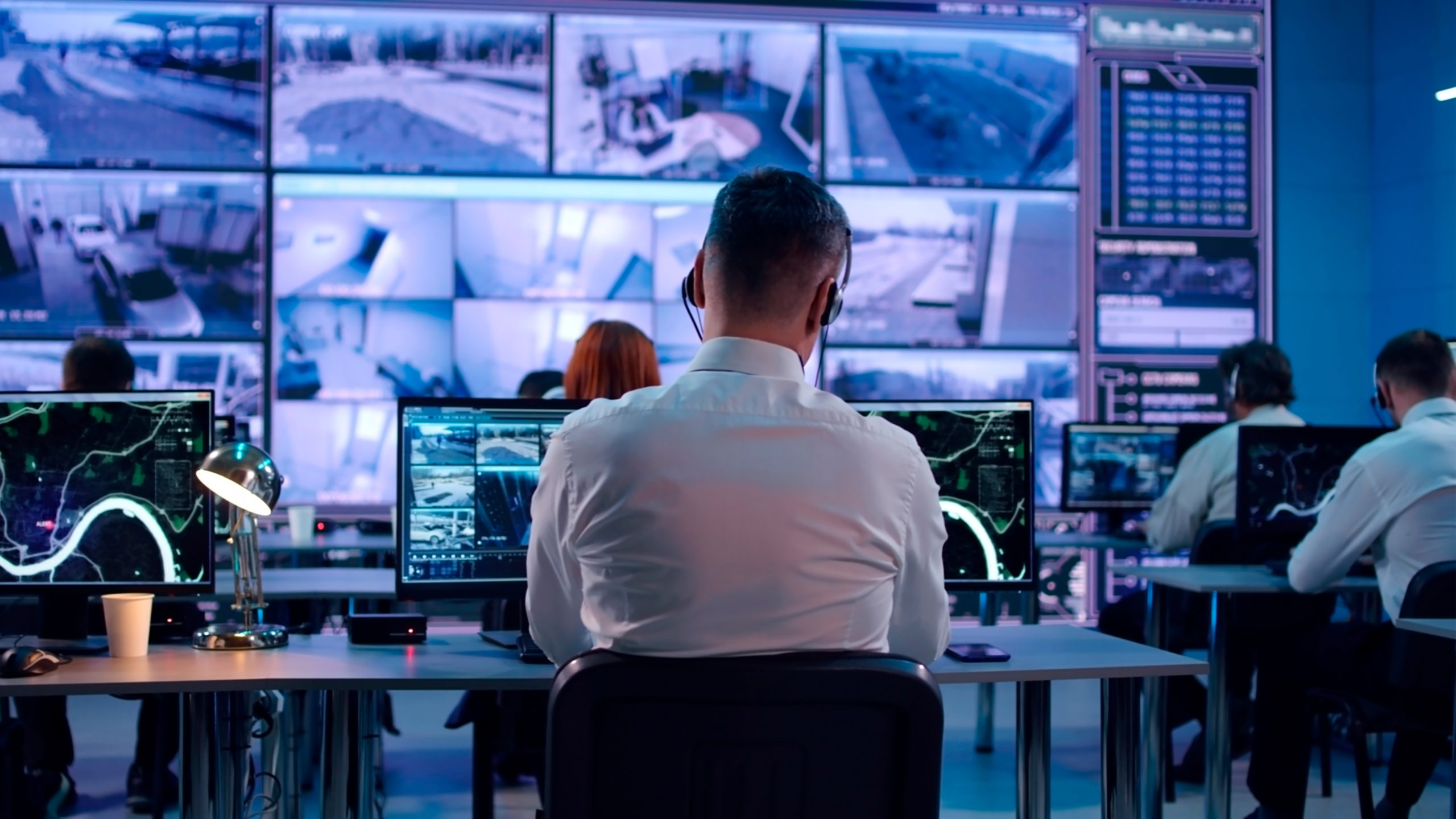Our experience spans two dedicated websites.
Discover the world of Collaborative and Meeting Spaces:
Discover the world of Collaborative and Meeting Spaces:
Last update: 13/05/25
The chronic shortage of healthcare professionals, exacerbated by the pandemic, directly impacts the operating performance of clinics and hospitals. More than ever, it is time to develop better practices in the operating room by using new tools and streamlined processes.
By implementing proven technologies in the operating room, medical staff can perform their tasks more efficiently and ensure better results.
Find out about some of these new features that improve the management of the operating theatre.
Voice recognition and dictation software – similar to Siri for the iPhone – is part of our daily lives. In modern operating theatres, they are changing the way medical teams interact and surgeons perform operations. Healthcare professionals can use voice recognition software to adjust equipment – for example, to zoom in and out of a monitor screen. They can also use it to record a video, or conference in a colleague outside the operating theatre.
This technology allows surgeons to practice outside the hospital. Augmented reality technology creates a representation of an operating room environment using a video application or smartphone, while virtual reality generates an alternative reality using computer-generated visuals.
In both cases, surgeons who are not scheduled to visit the hospital can use specific surgical applications, VR headsets and 3D scans of patients to train before the operation. For example, a holographic headset system allows 2D or 3D images to be superimposed on the patient’s anatomy. This helps to reduce errors and speed up operating room procedures without compromising the quality of healthcare delivery.
Control rooms have long been used by players in industry, security, air transport and logistics. These supervision and coordination areas are now adapted to operating rooms. It is indeed possible to integrate audiovisual solutions such as :
A surgical control room allows, from a centralized workstation, to :
Are you looking to improve the management and efficiency of the operating room? Motilde offers you a solution for the supervision / coordination of operating rooms, through audiovisual and digital tools. Contact us to find out more.

Copyright © 2025. MOTILDE. All rights reserved.